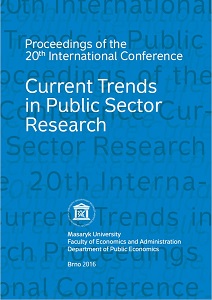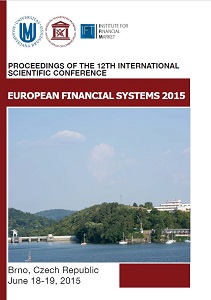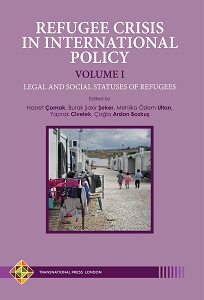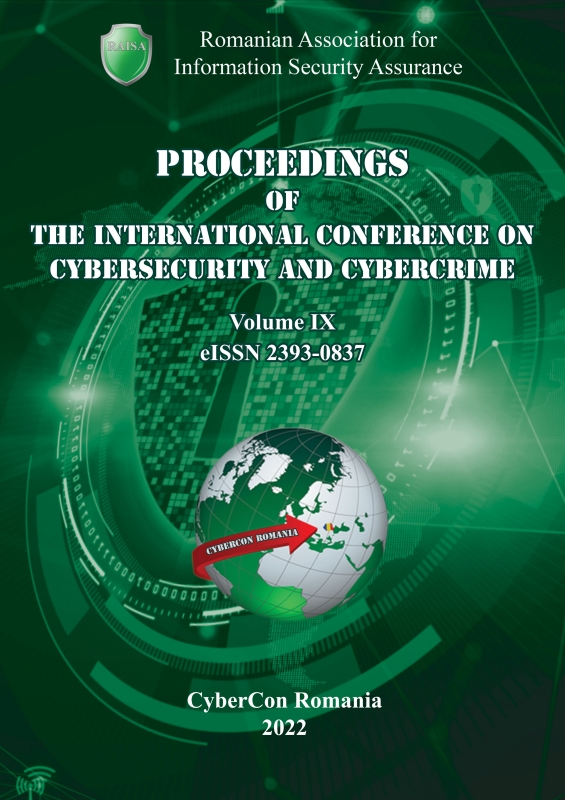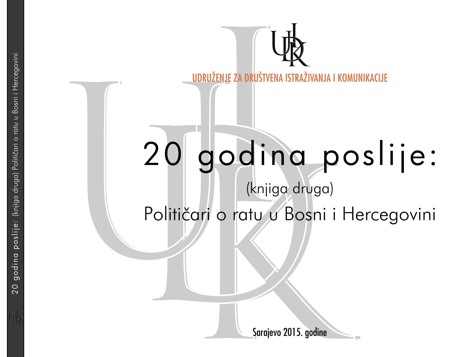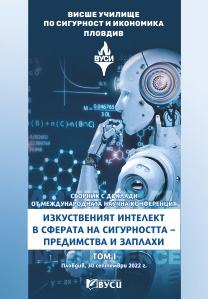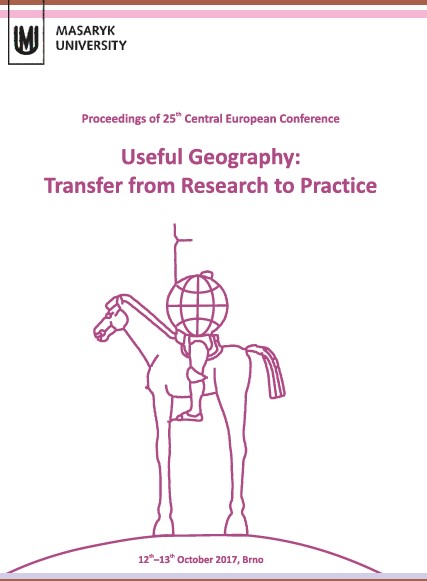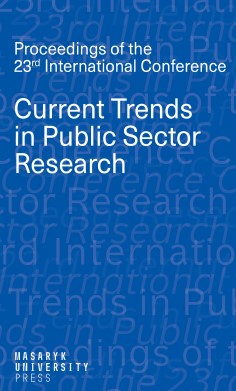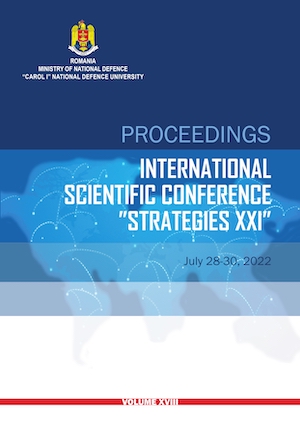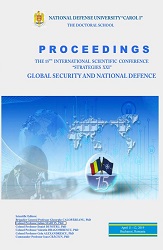
NON-KINETIC OPERATIONS – CONCEPTUAL DELIMITATION, CHARACTERISTICS AND ASPECTS
War has always been a contest between different actors, but the character of conflicts is changing over time. Technological progress, continuous changes in the geopolitical landscape as well as new operating concepts will permanently influence and change the international security environment. Nowadays, the most powerful actors in the international arena are concerned with identifying ways to exercise their supremacy without having to resort to force, destruction, etc. These methods are based on the use of tactics of deception, psychological actions, cyber attacks, economic actions, actions like SIGINT, HUMINT, GEOINT etc. All these actions can materialize in a non-kinetic operation that does not involve the physical strength of weapons, but determines where and when the opponent will act, or even more, can block him from using his weapons, or even turn them against him.
More...
